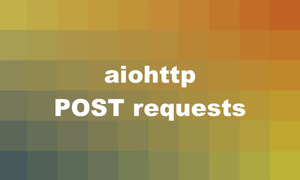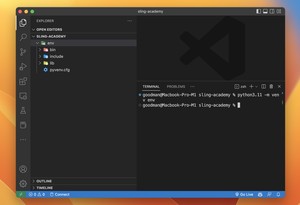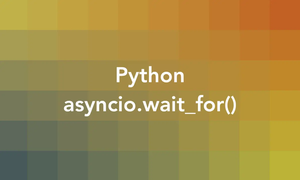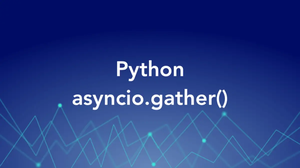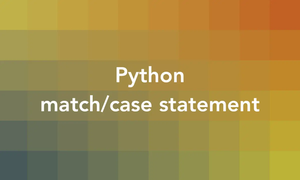Automated crypto trading has gained popularity due to its ability to trade on exchanges automatically using algorithms. Freqtrade is an open-source project that allows users to perform automated algorithmic trading in cryptocurrencies, based on community-built strategies. This tutorial will walk you through the process of installing Freqtrade to create your own trading bot.
Prerequisites
Before you begin, make sure you have the following:
- A system running Ubuntu, macOS, or Windows 10 WSL
- Python 3.8 or later
- The latest version of pip
- A Telegram account for notifications (optional but recommended)
- A funded account on a cryptocurrency exchange like Binance
Step 1: Setting Up Python and Virtual Environment
It is recommended to use a virtual environment when installing Python projects to keep dependencies separated and easy to manage.
# Install venv if not already installed
$ python3 -m pip install --user virtualenv
# Create a virtual environment
$ python3 -m venv freqtrade-bot
# Activate the virtual environment
$ source freqtrade-bot/bin/activate
This creates an isolated environment named freqtrade-bot where you will install Freqtrade and its dependencies.
Step 2: Installing Freqtrade
Once the virtual environment is activated, proceed with the Freqtrade installation:
# Upgrade pip to the latest version
(freqtrade-bot) $ pip install --upgrade pip
# Install freqtrade using pip
(freqtrade-bot) $ pip install freqtrade
Prepare the environment by initializing the config file:
# Create a new directory for your bot
(freqtrade-bot) $ mkdir my-freqtrade-bot
# Change directory into your new bot folder
(freqtrade-bot) $ cd my-freqtrade-bot
# Create user directory and default configuration
(freqtrade-bot) $ freqtrade create-userdir --userdir user_data
(freqtrade-bot) $ freqtrade new-config --config user_data/config.json
Step 3: Configuring Freqtrade
The configuration file user_data/config.json holds the setup parameters for your bot and is crucial in determining its behavior. You'll need to update this file with details like:
- API keys for the desired exchange (e.g., Binance, Bitfinex).
- Trading pair lists that your bot should watch.
- Strategies you plan to use for trading.
- Risk and stop-loss settings.
Here is an example configuration for Binance:
{
"max_open_trades": 5,
"stake_currency": "USDT",
"stake_amount": 10,
"strategy": "DefaultStrategy",
"exchange": {
"name": "binance",
"key": "your-api-key",
"secret": "your-api-secret"
}
}
Step 4: Testing Your Setup
It’s always good to test your bot setup in a dry-run mode, which means it will simulate trades without actually executing them. This can help you refine your strategy without risking real funds:
# Run freqtrade in dry-run mode
(freqtrade-bot) $ freqtrade trade --config user_data/config.json --dry-run
Monitor the log to evaluate how your settings perform and make any necessary adjustments to your strategy or configuration file.
Step 5: Going Live
Once you feel confident in the performance of your strategy, you can remove the --dry-run option to go live. However, it is crucial to continuously monitor and manage your bot due to the volatile nature of cryptocurrency markets.
Additionally, you might consider setting up notification systems using tools like Telegram to proactively manage trading events.
Conclusion
Setting up Freqtrade for automated cryptocurrency trading involves succinct preparations and careful strategy management. With this guide, you can successfully install and configure a Freqtrade bot to automate your trading activities. Keep in mind, leveraging the bot effectively requires continuous learning and tweaking of strategies to better capture market movements. Joining the Freqtrade user community can provide insights and discuss strategies for better engagement and understanding.



